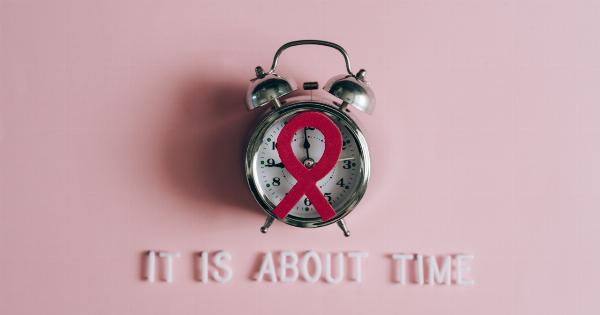HIV and AIDS have been around for a long time and are among the deadliest health challenges facing humanity. The diseases are marked by high rates of infection, morbidity, and mortality.
In this article, we will explore seven important keywords that will help us to understand these viruses better.
1. HIV
HIV stands for Human Immunodeficiency Virus. This is the virus that causes HIV infection and AIDS. HIV is a type of retrovirus that attacks the immune system — specifically the CD4 cells in the body.
Over time, HIV damages and destroys these cells, making it difficult for the body to fight off infections and diseases.
2. AIDS
AIDS stands for Acquired Immunodeficiency Syndrome. AIDS is a chronic and life-threatening condition that is caused by the HIV virus. AIDS is characterized by a weakened immune system, which can lead to a wide range of infections and illnesses.
AIDS is diagnosed when a person’s CD4 cell count drops below 200 cells per cubic milliliter of blood.
3. Transmission
HIV is transmitted through contact with the bodily fluids of an infected person. This includes blood, semen, vaginal fluids, and breast milk.
The most common modes of transmission include unprotected sexual contact, sharing needles or syringes, and mother-to-child transmission during childbirth, breastfeeding, or pregnancy.
4. Prevention
While there is no cure for HIV or AIDS, there are ways to prevent infection.
The most effective measures include using condoms during sexual contact, avoiding sharing needles or syringes, and getting tested and treated for other sexually transmitted infections (STIs). People can also reduce their risk of HIV infection by using pre-exposure prophylaxis (PrEP) medication or post-exposure prophylaxis (PEP).
5. Symptoms
The symptoms of HIV and AIDS can be varied and can differ from person to person. Some people experience no symptoms for years after becoming infected, while others may develop symptoms within a few weeks.
Common symptoms of HIV infection include fever, sore throat, fatigue, and swollen lymph nodes. If left untreated, HIV infection can progress to AIDS, which can cause even more severe symptoms, including weight loss, chronic diarrhea, and pneumonia.
6. Treatment
There is no cure for HIV or AIDS, but there are treatments available that can help people manage the virus and live longer, healthier lives. Antiretroviral therapy (ART) is the most common treatment for HIV infection.
This involves taking a combination of medications that work to reduce the amount of virus in the body, slow the progression of the disease, and improve immune function. ART has been shown to be highly effective in reducing HIV-related illness and death.
7. Stigma
One of the biggest challenges facing people living with HIV and AIDS is stigma. Stigma refers to negative attitudes and beliefs toward people with the virus. Stigma can lead to discrimination, isolation, and even violence.
It can also make it difficult for people to access the care and support they need to manage their condition. Reducing stigma is an important part of providing effective HIV and AIDS care and support.
Conclusion
HIV and AIDS remain major health challenges around the world. Understanding the virus, its transmission, prevention, symptoms, treatment, and the associated stigma is crucial for effective management and support.
While there is no cure, advances in research and treatment have made it possible for people with HIV to live longer, healthier lives. With continued efforts in prevention and treatment, we can hope for a future free of HIV and AIDS.































